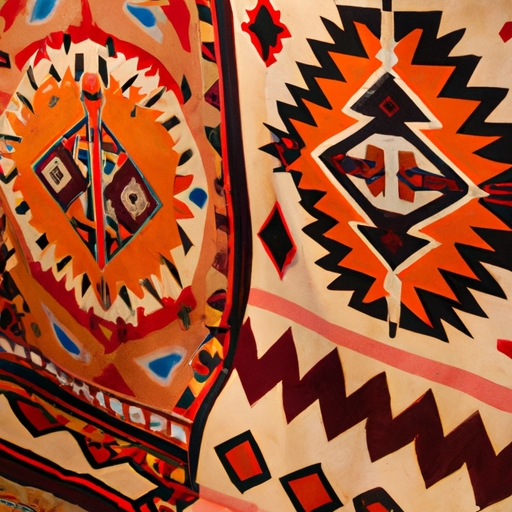
Timeless Handmade Southwestern Rug
- Brief overview of the shop's specialization in Southwestern Orian rugs.
Southwestern rugs have a rich history. These timeless handcrafted creations carry immense cultural significance. The intricate patterns and vibrant colors of these rugs tell stories that date back centuries.
The weaving tradition of Southwestern rugs can be traced back to the Native American tribes who inhabited the region long before European settlers arrived. These skilled artisans used natural materials like wool, cotton, and plant fibers to create stunning tapestries that served both practical and ceremonial purposes.
The designs found in Southwestern rugs often feature symbols that hold deep meaning within Native American culture. For instance, the geometric patterns may represent elements of nature or spiritual concepts such as balance and harmony. Each rug tells a unique story, reflecting the tribe's history and beliefs.
Over time, Southwestern rugs gained popularity beyond Native American communities. They became sought-after decorative items appreciated for their beauty and craftsmanship. Today, these rugs can be found in homes worldwide, adorning floors with their exquisite designs.
The cultural significance of Southwestern rugs extends beyond their aesthetic appeal. They serve as tangible connections to a rich heritage that should be respected and celebrated. Owning a handmade Southwestern rug means preserving an ancient art form while supporting local artisans who continue to pass down traditional techniques from generation to generation.
These remarkable pieces are not just floor coverings; they are historical artifacts carrying memories of a vibrant past. Their timeless allure is a testament to the enduring legacy of Native American cultures in the Southwest.
In conclusion, the history and cultural significance of Southwestern rugs cannot be overstated. From their origins in Native American communities to their global popularity today, these handmade treasures embody tradition and craftsmanship at its finest. By appreciating these works of art, we honor the legacy of those who came before us while embracing our shared human history